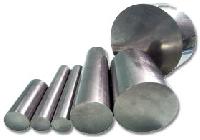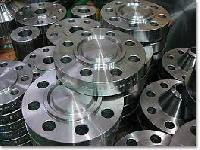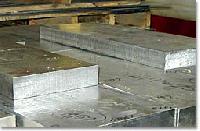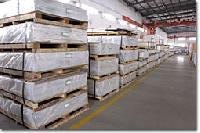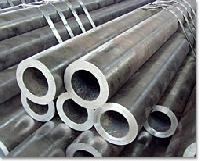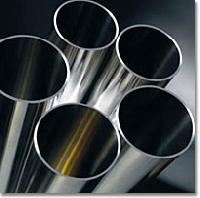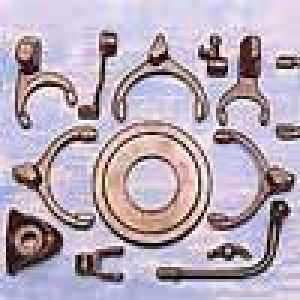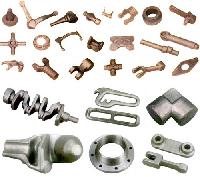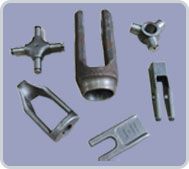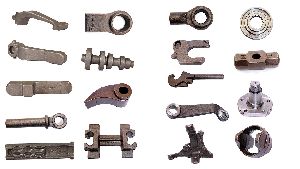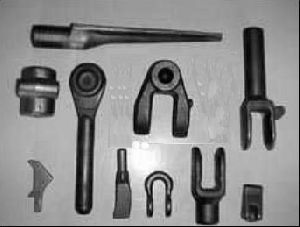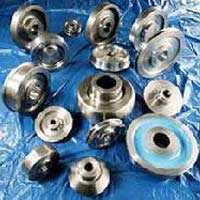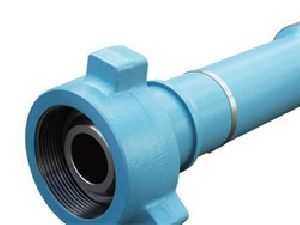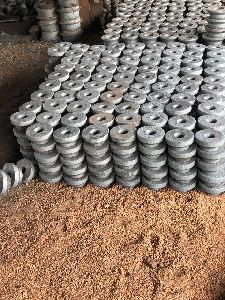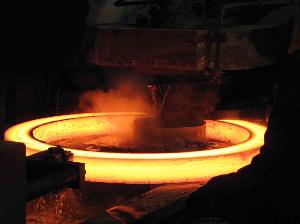- TypeSPECIFICATIONS
- HASTELLOY X±AMS5754, B50TF31
- AERMET 100™AMS6532
- HAYNES 188±AMS5772, B50TF7
- A286AMS5731, 5731, 5737, B50T1180
Forgings refer to products manufactured by the process of shaping metal utilizing compressive forces. The compressive forces used are generally delivered via pressing, pounding, or squeezing under great pressure. Although there are many different kinds of forging processes available, they can be grouped into three main classes: Drawn out: length increases, cross-section decreases Upset: length decreases, cross-section increases Squeezed in closed compression dies: produces multidirectional flow Forging produces pieces that are stronger than an equivalent cast or machined part. As the metal is shaped during the forging process, the internal grain deforms to follow the general shape of the part. This results in a grain that is continuous throughout the part, resulting in its high strength characteristics. Forgings are broadly classified as either cold, warm or hot forgings, according to the temperature at which the processing is performed. Iron and steel are nearly always hot forged, which prevents the work hardening that would result from cold forging. Work hardening increases the difficulty of performing secondary machining operations on the metal pieces. When work hardening is desired, other methods of hardening, most notably heat treating, may be applied to the piece. Alloys such as aluminum and titanium that are amenable to precipitation hardening can be hot forged, followed by hardening. Because of their high strength, forgings are almost always used where reliability and human safety are critical such as in the aerospace, automotive, ship building, oil drilling, engine and petrochemical industries. For more information or to receive a prompt aluminum price quote, please contact us at 800 398-4345 or submit the Request Information form on the right side of this page.
